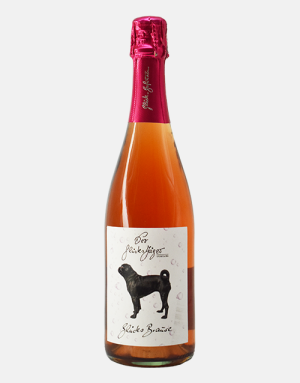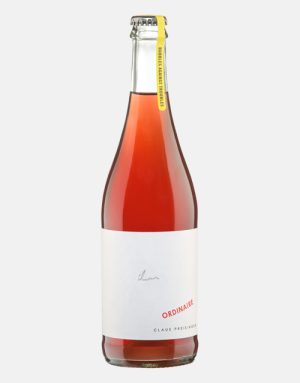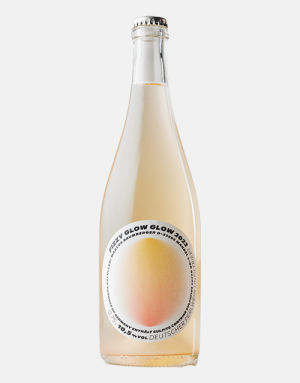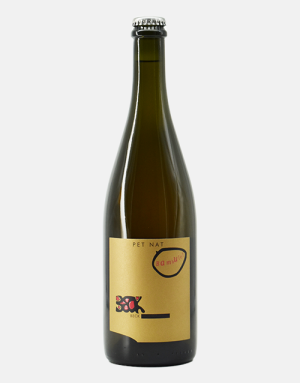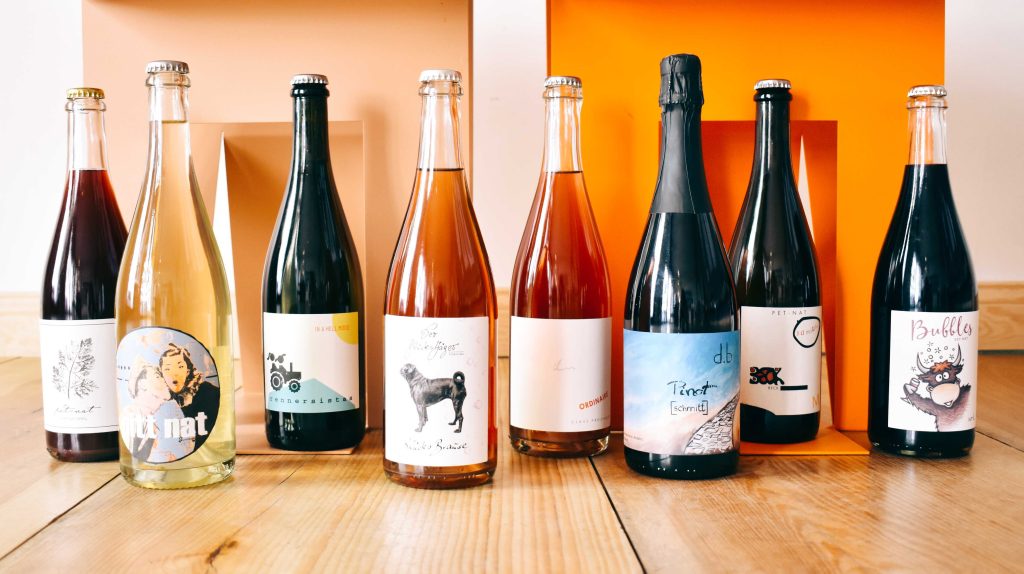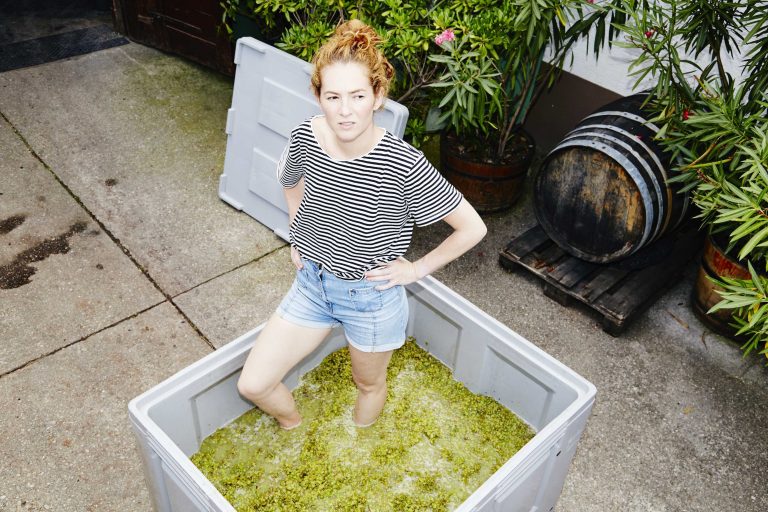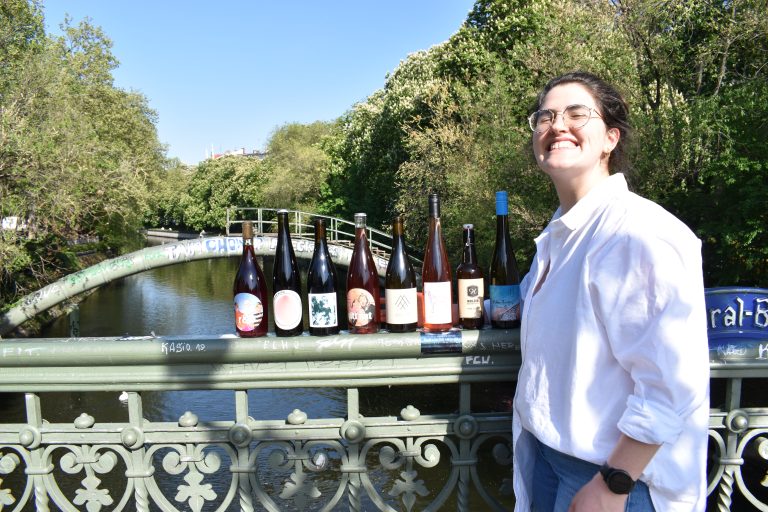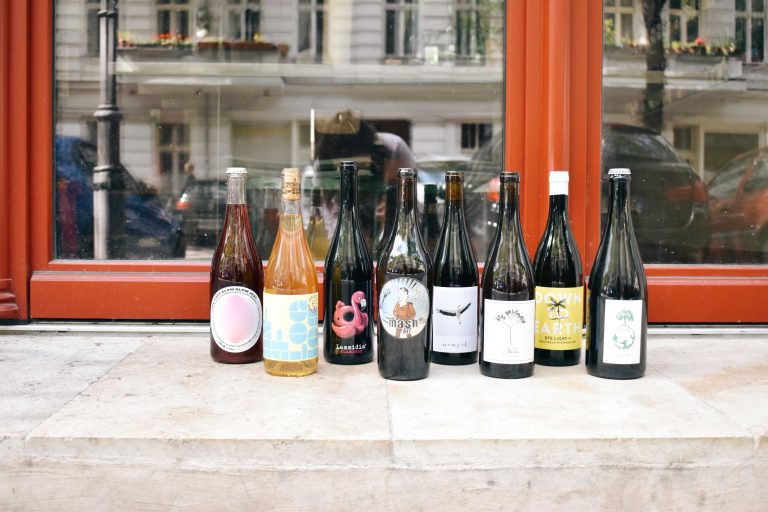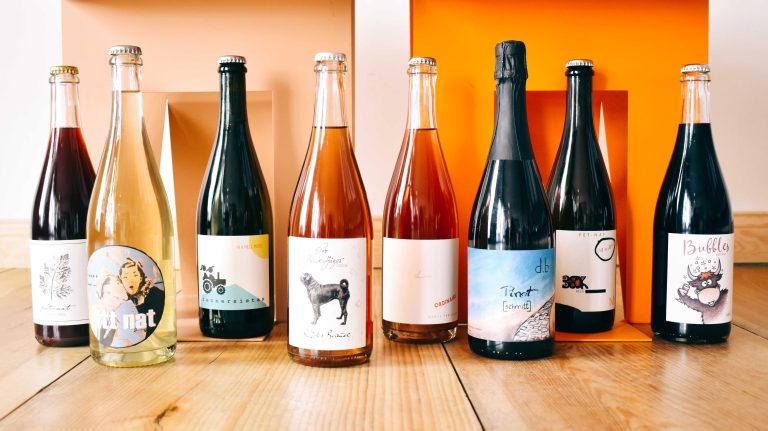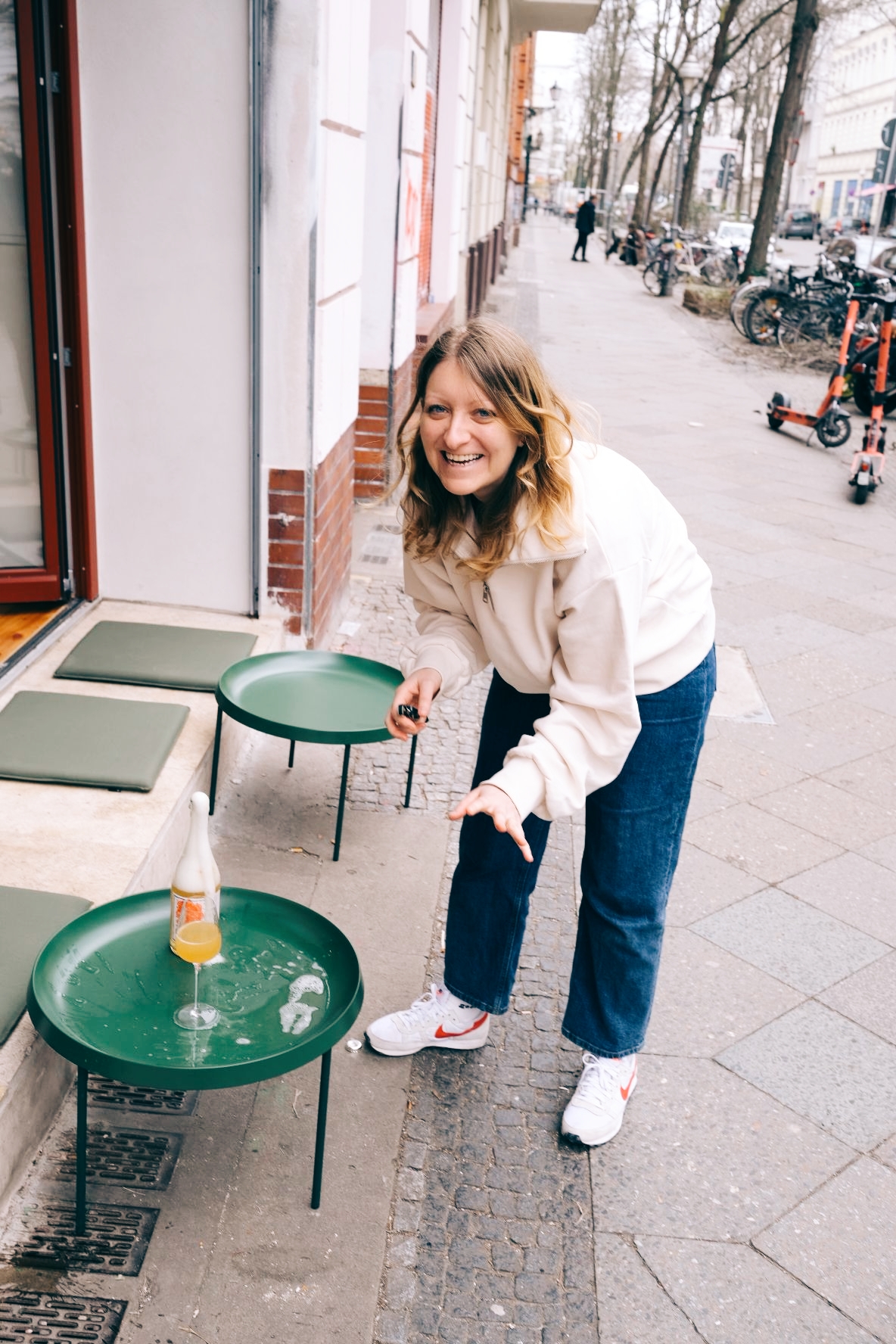
What is Pet Nat? - All the facts about the oldest sparkling wine in the world
Pet Nat = good mood? Yes, please!
Petillant naturel, or Pet Nat for short, ever heard of it? We'll explain what this fizzy drink is all about.
Few products are as quickly associated with good cheer, celebration and fine weather as sparkling wine. Whether it's New Year's Eve with champagne, a birthday with sparkling wine, or a park with Pet Nat, there seems to be no occasion for which sparkling wine is not appropriate. But what is Pet Nat?
We don't deny that champagne is something special. But with this post, we want to show you the difference between Pet Nat and champagne, not only in the production, but also in the taste
How do Pet Nat and champagne differ
Like the nerds in the front row, we have eagerly taken notes from our winemakers to be able to explain to you exactly how Pet Nat is created. But before we get started, let's take a quick look at how Champagne, sparkling wine, Cava & co. are made à la "Méthode Traditionelle".
"Come quickly, I'm drinking stars," the monk Dom Pérignon apparently exclaimed when his supposed mistake in wine production became today's champagne. Well, we don't know if that's true, but the story is great in any case!
But now to the production of champagne: Finished young wine is bottled and then mixed with a yeast-sugar mixture and thus fermentation begins again in the sealed bottle. During fermentation, in addition to the alcohol, there is CO2which can not leave the bottle and so bubbles are formed. After the second fermentation, champagne is stored on the yeast for several months. After that, the yeast residues are shot out of the neck of the bottle by shock freezing (disgorgement) and the finished champagne is refilled with a filling dosage, also Liqueur de Tirage.
Brother Pet Nat
But now to the real question of the article: What is Pet Nat? "Pet Nat" stands for "Pétillant Naturel," which means natural sparkling wine - and that's exactly what it is, actually: a completely natural version of sparkling wine production. The production is also titled "Méthode Ancestrale" or "Méthode Rurale", as it is considered the original version of sparkling wine production.
Instead of letting young wine ferment again, the fermenting must is bottled and fermentation is finished in the bottle. Here, too, bubbles are created due to the sealed bottles. You can find out more in this article from Bring Flavor Home.
To disgorge or not to disgorge?
Pet Nat is not always disgorged. Some winemakers sell their Pet Nat without disgorging it. Others disgorge the bubbly wine manually - this is also called dirty disgorging. Why dirty? Stefanie Renner shows it quite well on the picture 😉
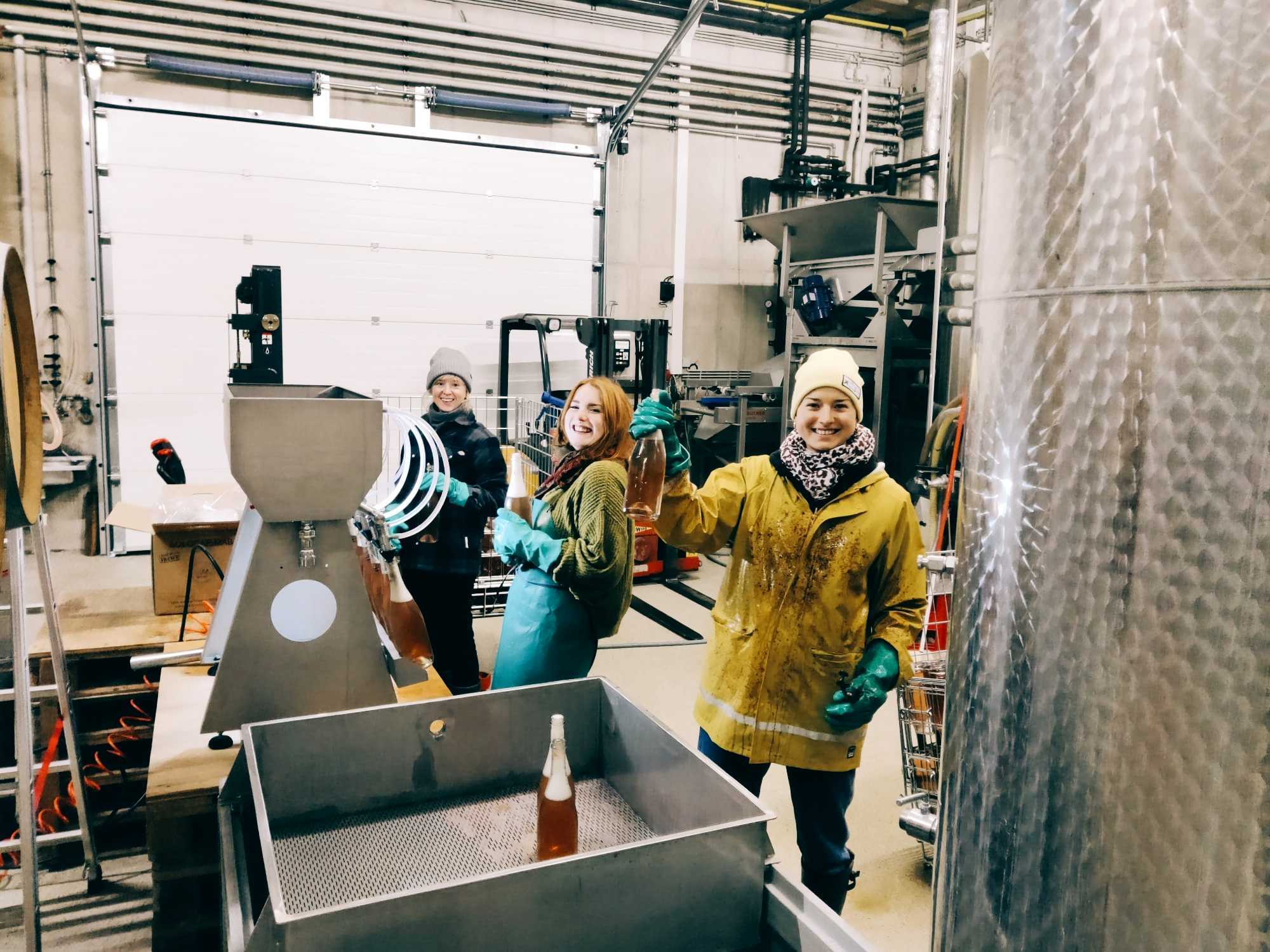
Depending on the grape variety, the lees varies and, consequently, some grape varieties require disgorging. For others, hardly any depot is formed. Manual disgorgement also requires a lot of time, as each bottle must be shaken, disgorged and topped up individually.
Attention! If Pet Nat is not disgorged, it can also result in a foam shower. The content tastes incredible, but due to the mixture of CO2 and lees, it's also often slightly explosive!
What does a Pet Nat taste like?
When you ask yourself what a Pet Nat is, it's not just about how it's made. Of course, you also want to know what to expect in terms of taste.
One thing in advance. As with all wines, there are good and bad examples. You can find a good champagne, just as you can come across one you don't like. The same is true for Pet Nat, and only by trial and error will you find out what you like.
The differences in production have an impact on the taste of the wine. The aging on the lees and the second fermentation often develop yeasty, brioche and creamy flavors in Champagne. Depending on the style and storage time, these notes vary in intensity.
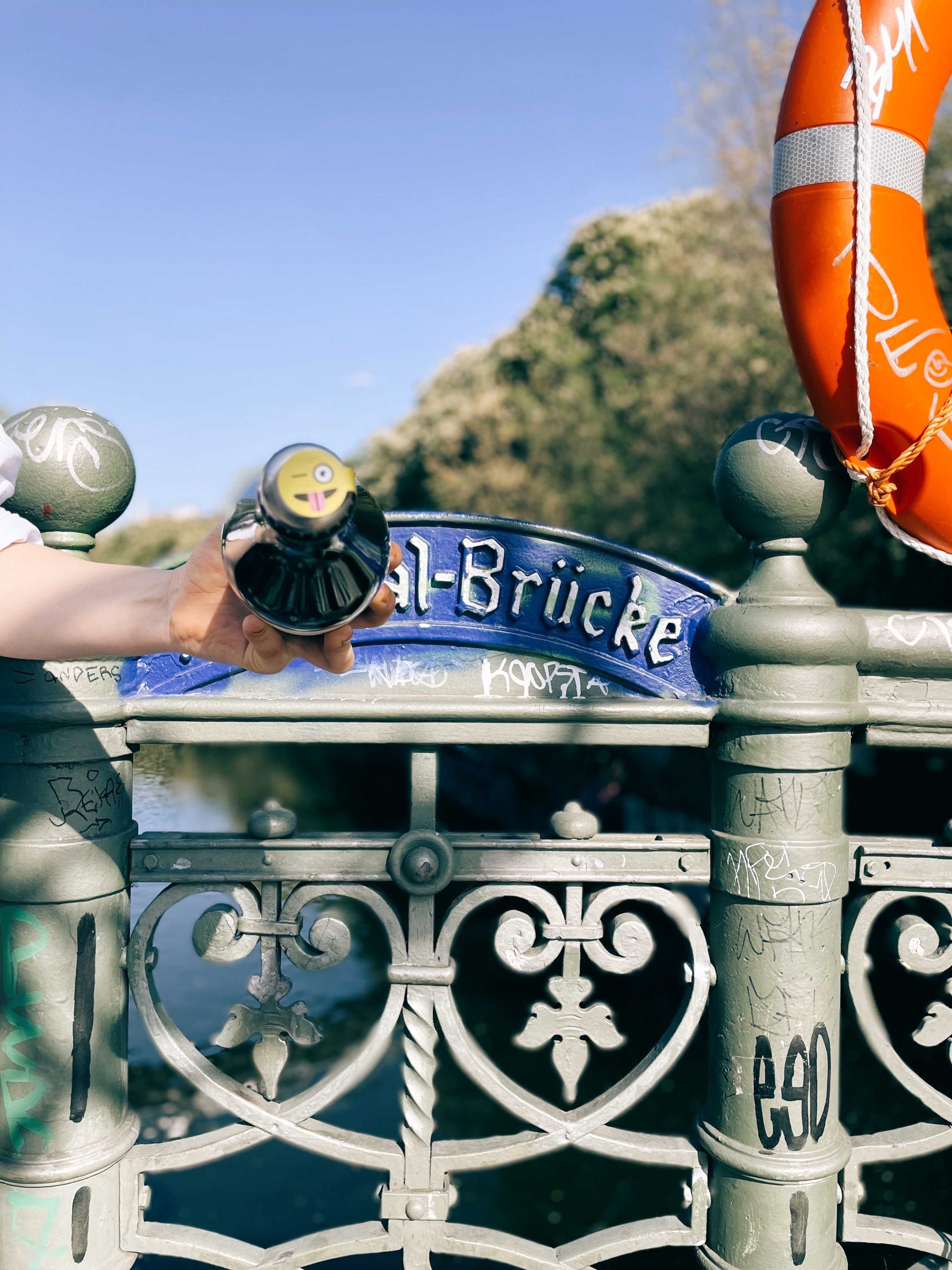
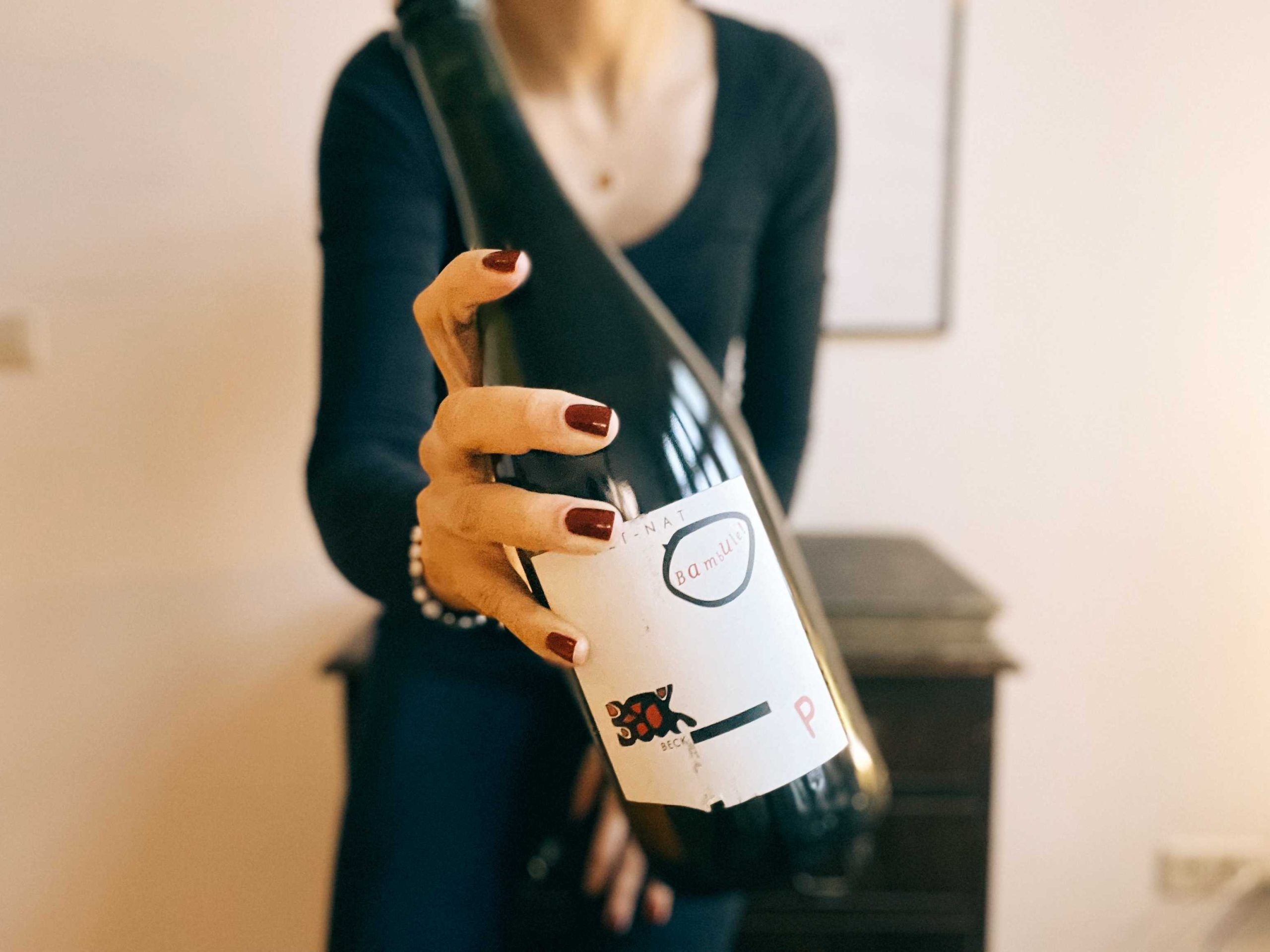
Pet Nat: a fruity fresh affair
Pet Nat is usually much younger when it reaches your fridge . As a result, it also tastes generally fruitier, fresher, and is often more acidic. And sometimes it can even taste a lot more fizzy. If you've ever chugged fizzy drinks as a kid, you might have a pretty good idea of the amount of bubbles in some Pet Nats 😉 However, there isn't one flavor standard that all Pet Nats follow, just like the fruity fresh variety, there are also some that Champagne can't beat for body, yeastiness and creamy notes. It's all a matter of balance, baby!
You simply must try these Pet Nats!
You want to learn more?
What is Pet Nat?
What is Pet Nat?
Pet Nat (a.k.a. Pétillant Naturel) is the natural version of sparkling wine. Instead of a second fermentation, the wine is bottled during the first fermentation and a crown cap is added. In this way, the CO2 of the fermentation remains in the bottle and provides completely natural bubbles in the wine.
How is Pet Nat made?
While the wine is still fermenting (in the tank or in the barrel), it is filled into bottles and closed with crown caps. Thus, the bubbles (CO2) that arise during fermentation can not escape and remain in the wine.
What distinguishes Pet Nat from champagne or sparkling wine?
In the Champagne and sparkling wine production, also called Méthode Traditionelle, a finished young wine is bottled, yeast and sugar are added again and fermented a second time. This is also called bottle fermentation. In Pet Nat there is only one fermentation, the wine is bottled during the first fermentation. It often tastes fruitier and fresher than champagne.
Is every Pet Nat a natural wine?
Not really. The base wine, which is then filled into the bottle, can be provided with sulfur or other additives just as before. But all Pet Nats at 8greenbottles are definitely natural wines!
How does Pet Nat taste?
Compared to champagne or sparkling wine, Pet Nat is much fruitier, fresher and less creamy and yeasty. However, the range is very wide and offers everything from light and dry, aromatic, fruity to rustic and red.

